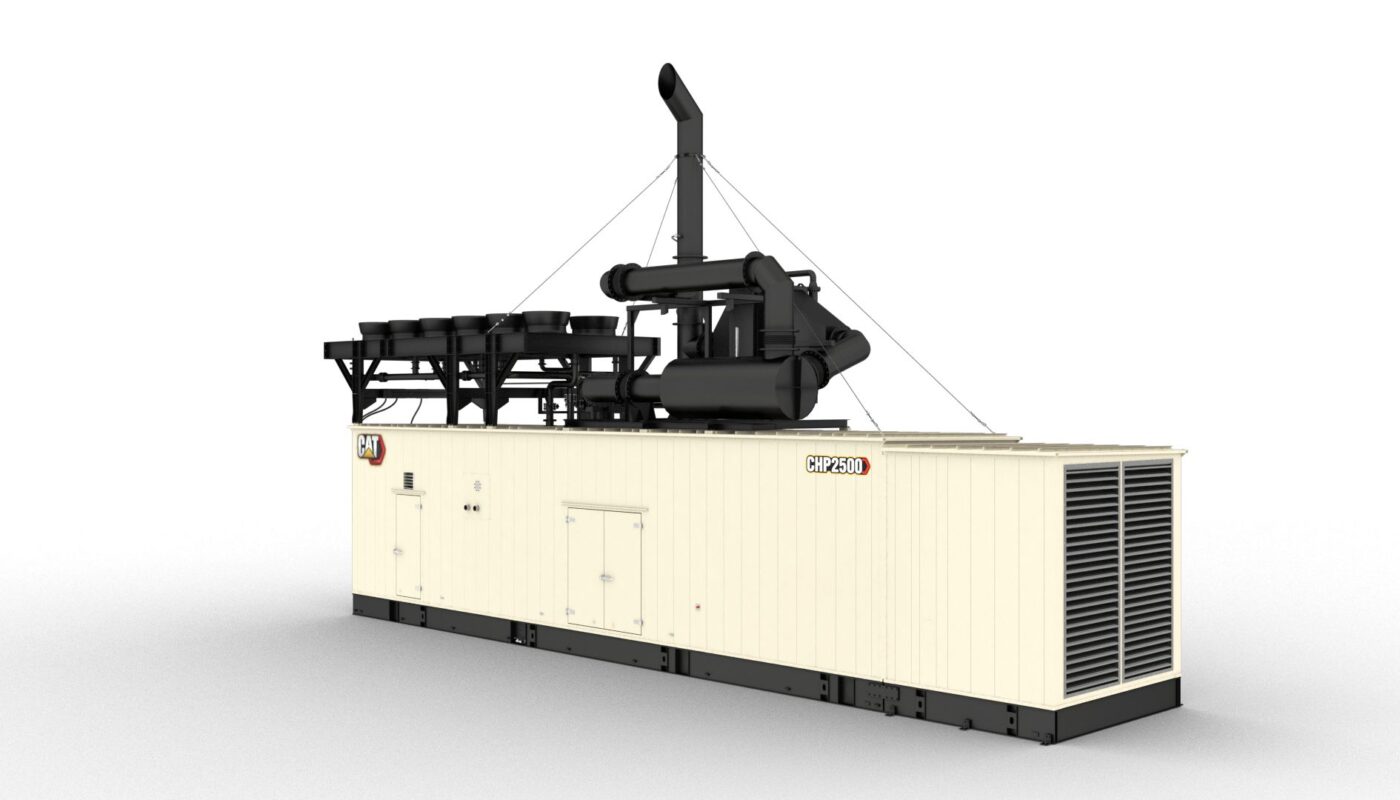What is Combined Heat and Power (CHP)?
Combined heat and power (CHP), also known as cogeneration, is an efficient process that generates electricity and useful thermal energy from a single fuel source. Rather than discarding the heat that is produced during power generation, CHP systems capture and distribute it for applications such as space heating, air conditioning, hot water, industrial processes, absorption refrigeration, and dehumidification. This concurrent production of heat and power allows the CHP system to achieve higher total efficiencies than separate heat and power production.
Benefits of CHP Systems
Increased Efficiency
By capturing and utilizing heat that would otherwise be wasted, CHP systems can achieve far higher energy efficiency levels of 50-80% compared to the typical coal-fired power plant which produces less than 33% efficiency. This boost in efficiency results in lower fuel costs and reduced emissions per unit of useful energy delivered.
Reliability
CHP systems provide a reliable source of both power and thermal energy on-site, reducing dependency on the electric grid or boiler systems. The modular nature of most CHP units also allows for scheduled maintenance without major disruptions to operations.
Resiliency
Locating Combined Heat And Power (CHP) systems on-site enhances energy security by allowing facilities to function autonomously during electric grid outages. Critical facilities such as hospitals, data centers, and manufacturing plants can withstand power interruptions through the use of on-site backup generation from CHP.
Economic Benefits
By offsetting the purchase of grid-supplied electricity and thermal energy, CHP provides long-term cost savings to users. It can also help earn revenue through demand-response programs, ancillary services to the grid, and renewable energy credits in some jurisdictions. Properly sized CHP can pay for itself within a few years through energy cost avoidance.
Environmental Benefits
When compared to the separate systems of conventional power production and on-site thermal generation, CHP reduces overall fuel use and lowers emissions of carbon dioxide, sulfur dioxide, and nitrogen oxides. It is estimated that widespread use of CHP could reduce U.S. power sector carbon emissions by 10%.
Types of CHP Technologies
Reciprocating Engines
Gas-fired reciprocating engines, often fueled by natural gas, are commonly used CHP systems that can range in size from 30 kW to over 10 MW. They have high electrical efficiency of 30-45% and can achieve total efficiencies greater than 80%. Engines are relatively inexpensive and have quick start-up times well-suited for fluctuating thermal and electric loads.
Steam Turbines
Large-scale steam turbines fueled by natural gas, biomass, or fuel oil are suitable for supplying power and steam/hot water to sprawling campus-style facilities and district energy systems. Multiple pressure levels allow steam turbines to extract heat energy from each stage, leading to cogeneration efficiencies over 90%. However, their slow startup limits intermittent operation.
Gas Turbines
Simple-cycle gas turbines for CHP have electrical efficiencies of 25-30% but can achieve combined cycle efficiencies of over 80% through waste heat recovery. Sizes range from 500 kW to over 100 MW. Quick starts and load following make them suitable for baseload and peak shaving applications for commercial and industrial loads.
Fuel Cells
Some types of fuel cells like the molten carbonate and solid oxide varieties can serve as highly efficient CHP systems producing both electricity and heat at efficiencies over 80%. While fuel cells have high capital and operating costs, they offer near-silent operation and virtually no emissions. Sizes currently range from 1 kW to multi-MW installations for large campuses.
Absorption Chillers
Chilled water for cooling can be produced from waste heat at efficiencies over 1 kilowatt of cooling per 1 kilowatt of heat by using absorption chillers. They are driven by steam, hot water or exhaust gases from the CHP system at temperatures around 250°F rather than electricity. This provides “free” cooling to facilities with existing hot water service requirements.
Application of CHP Systems
Commercial Buildings
Campuses, hospitals, hotels and other large commercial buildings with both electrical and thermal loads year-round benefit greatly from CHP. Heat recovery chillers and boilers produce space heating, cooling, and hot water more efficiently than grid power alone.
Industrial Facilities
Manufacturing sites, refineries, chemical plants that use process steam intensively can gain from utility-grade CHP installations that serve both electricity and steam needs. Captured waste heat from products or processes also fuels CHP systems in some industries like food/beverage.
District Energy
Some cities have large centralized CHP plants that act as district cogeneration systems, piping steam or hot water to multiple buildings for heating while also feeding power back to the local grid. When well-sized, they lower emissions and benefit from economics of scale.
While upfront costs may be higher than conventional systems, CHP provides an economically and environmentally sustainable approach to distributed power generation and thermal supply worldwide. With proper incentives and policies, it could satisfy a much larger share of future energy demand.




